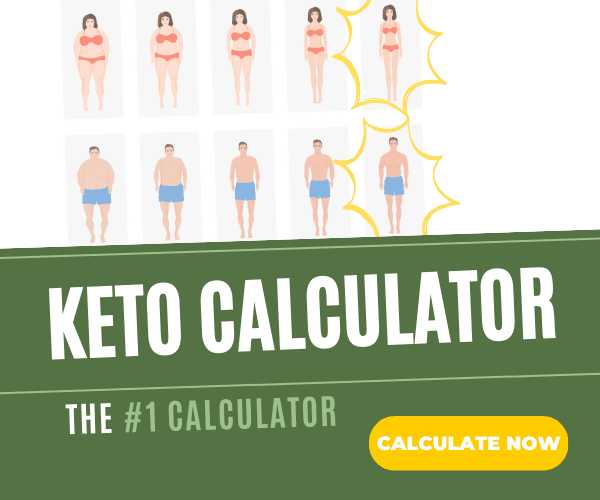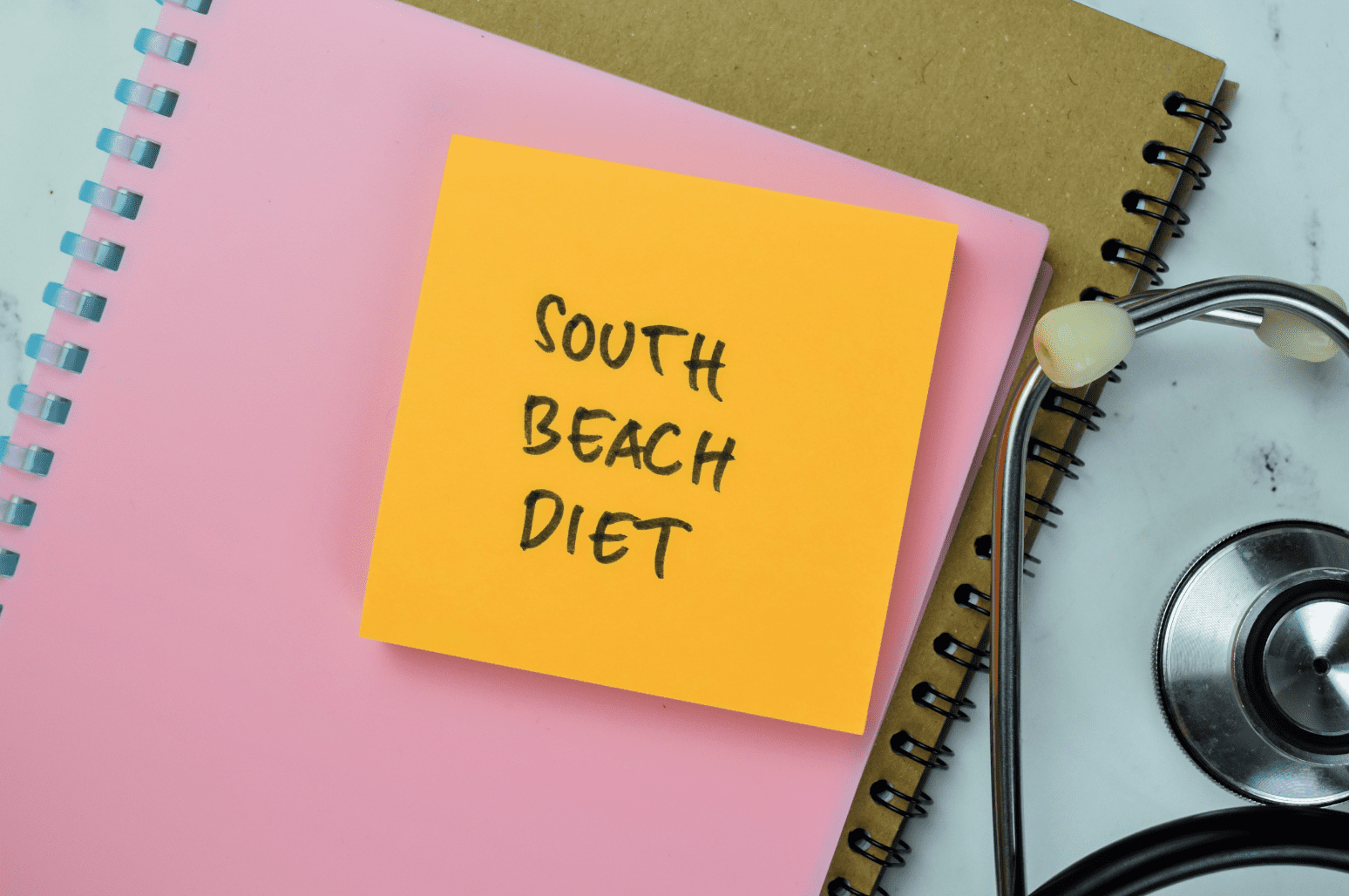
We all know we should be exercising regularly as part of a healthy lifestyle. Our bodies are designed to move! You might have heard keto enthusiasts discussing how exercise can get you into ketosis quicker. Is it true? Does exercise help you reach ketosis faster? Let’s dive in!
The Metabolic State of Ketosis
On a ketogenic diet, you consume primarily high-fat and low-carb foods, which deprives your body of glucose (sugar). Your body first turns to your stored glucose in your liver, and typically after around three to five days, when these glycogen stores are low enough, your body starts using fat for fuel, and your liver switches to producing ketones. When you have a certain level of ketones in your bloodstream, you’ve reached the beneficial metabolic state of ketosis.
Getting into this metabolic state requires reducing your daily carbohydrate intake to 20 to 50 grams. Generally speaking, a ketogenic diet involves 70 to 80 percent of your calories derived from fat, 10 to 25 percent from protein, and just five to 10 percent from carbs. Some research shows most people achieve ketosis after two to four days of eating 20 to 50 grams of carbohydrates per day or after fasting for three days. [1]

How quickly you get into ketosis depends on different factors, such as your resting metabolic rate, your body fat percentage, and how metabolically adapted you are. For some people, it can take over a week to be in ketosis.
Does Exercise Speed Up Ketosis?
The short answer is yes; exercise can accelerate your transition to ketosis. Moderate-to-high intensity exercise will help deplete your glycogen stores, so you achieve ketosis more quickly. Glycogen is excess glucose (sugar) your body stores in your liver and muscles. To produce a meaningful level of ketones in your bloodstream, your glycogen (stored carbohydrates) must be low enough. [2] [3] Exercise in general also boosts your metabolism, which could boost your chances of quicker ketosis!

One study showed untrained people performing moderate-high intensity exercise could deplete liver glycogen stores in just 118 minutes. Study participants who were moderate to well-trained took 153 minutes to deplete liver glycogen stores. [4]
You might think it’s mostly sprinting, and higher intensity exercise that gets you into ketosis faster, but even long walks that get your heart rate moving can help you burn through your glycogen stores and reach ketosis! High-intensity interval training (HIIT) depletes glycogen stores faster and can speed up the adaptation phase.
Research shows prolonged exercise and slow-paced endurance sports like jogging, swimming, and cycling support a ketotic state and push your body to use fat for fuel. Studies also show exercise and resistance training on keto increases fat burning and boosts muscle strength. All the more reason to exercise on keto!
What About the Keto Flu?
If you don’t feel like exercising, you could be experiencing a keto flu with symptoms like fatigue and weakness! If you can power through it, exercise actually helps you get over the symptoms of the keto flu! You might decide to supplement electrolytes to replenish any electrolytes lost when you’re transitioning to ketosis. Check out these top tips for avoiding or diminishing a keto flu.
Remember, it’s always important you listen to your body and stay hydrated with plenty of water. Make sure you aren’t over exercising, and if you start feeling dizzy or nauseous when you exercise, you should back off and try lighter exercise.

Brisk walking, light yoga, and other simple activities are better than no exercise at all. If you notice recurring symptoms when exercising, it’s best to discuss your symptoms with your doctor to rule out any underlying conditions.
Fasting is typically the fastest way to reach ketosis. Sleeping also uses up your glycogen stores, so getting plenty of rest in addition to exercise, keeping your stress levels low, fasting, and a low-carbohydrate diet are just some of the ways you can accelerate your transition to ketosis!
References
Scott, J. M., & Deuster, P. A. (2017). Ketones and human performance. Journal of Special Operations Medicine, 17(2), 20172112Scott.pdf (jsomonline.org)
Paoli, A., Bianco, A., & Grimaldi, K. A. (2015). The ketogenic diet and sport: A possible marriage? Exerc Sport Sci Rev, 43(3), 153-62. DOI: 10.1249/JES.0000000000000050
Murray, B., & Rosenbloom, C. (2018). Fundamentals of glycogen metabolism for coaches and athletes. Nutr Rev, 76(4), 243-259. DOI: 10.1093/nutrit/nuy001
Gonzalez, J. T., Fuchs, C. J., Betts, J. A., & Van Loon, L. J. C. (2016). Liver glycogen metabolism during and after prolonged endurance-type exercise. American Journal of Physiology, Endocrinology, & Metabolism, https://doi.org/10.1152/ajpendo.00232.2016









